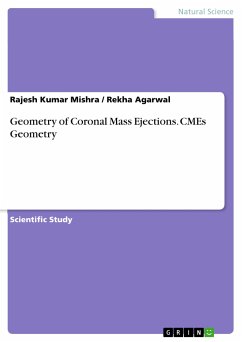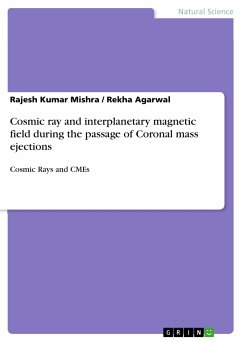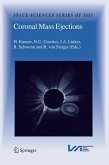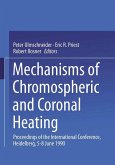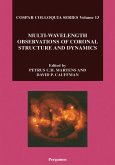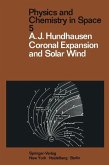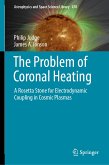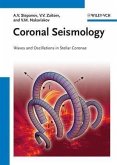Scientific Study from the year 2024 in the subject Physics - Astronomy, , language: English, abstract: The most energetic phenomena in the heliosphere are known to be coronal mass ejections (CMEs), which acquire their energy from the Sun's strained magnetic fields. Coronal Mass Ejections disrupt the flow of the solar wind and produce disturbances that strike the Earth with sometimes catastrophic results. Coronal mass ejections are often associated with solar flares and prominence eruptions but they can also occur in the absence of either of these processes. The frequency of CMEs varies with the sunspot cycle. At solar minimum we observe about one CME a week. Near solar maximum we observe an average of 2 to 3 CMEs per day. We have studied different characteristics of coronal mass ejection based on the observation form Large Angel and Spectrometric Coronagraph (LASCO) on board of the Solar and Heliospheric Observatory (SOHO) space craft during the period 1996 -2006. It is noteworthy that the rate of occurrence of Class B CMEs is more than class A CME's. The occurrence spectrum of both classes of CMEs follows the trend of the phase of solar cycle and maximum number both types CME's seems to be occurred during maximum solar activity. It is also observed that the maximum number of class A, Class B CMEs have speed range 0-500 km/sec. We have observed that maximum number of Class A, Class B CME's occurred in apparent angular width range 00-900. It is also found that the maximum number of class A and class B CME's have occurred when the position angle ranges in 50-1000 and 2500-3000 respectively.
Dieser Download kann aus rechtlichen Gründen nur mit Rechnungsadresse in A, B, BG, CY, CZ, D, DK, EW, E, FIN, F, GR, HR, H, IRL, I, LT, L, LR, M, NL, PL, P, R, S, SLO, SK ausgeliefert werden.

